The term “hacker” often brings to mind images of people sitting in dark rooms, trying to break into computers and steal information. However, hacking is much more than that. Hackers are individuals who use their computer knowledge and skills to solve problems, sometimes in ways that are ethical, and other times in ways that break the law. Depending on their intentions and the methods they use, hackers are classified into different types. This article will explain the various types of hackers in simple terms, helping you understand who they are and what they do.
What is a Hacker?
A hacker is a person who uses their computer skills to gain access to systems or networks. Some hackers break into systems illegally to steal information or cause harm (called Black Hat hackers), while others do it to find security flaws and help improve defenses (called White Hat hackers). There are also hackers in between, like Gray Hat hackers, who sometimes break into systems without permission but don’t have bad intentions. Hackers can use their knowledge for good or bad purposes, depending on their goals and methods.
Types of Hackers
Hackers are often classified into different categories based on their intent and the methods they use. Here are some common types of hackers:
White Hat Hackers
White hat hackers, also known as ethical hackers, are cybersecurity professionals who use their skills to identify and fix security vulnerabilities in computer systems, networks, and software. Unlike malicious hackers (black hats), white hat hackers operate legally and with permission, often working for companies or organizations to protect against cyber threats. Their goal is to strengthen security by finding and fixing weaknesses before they can be exploited by cybercriminals. White hat hackers follow ethical guidelines and often undergo certifications like Certified Ethical Hacker (CEH) to demonstrate their knowledge and commitment to legal hacking practices.

Black Hat Hackers
Black hat hackers are people who break into computer systems illegally to steal information, cause damage, or make money. They use their skills to harm others, often by hacking into websites, stealing personal data, or spreading viruses. Unlike ethical hackers, black hat hackers do not follow laws or rules, and their actions can cause serious problems for individuals, companies, and governments. They use their knowledge of computers for harmful purposes, rather than helping to improve security.
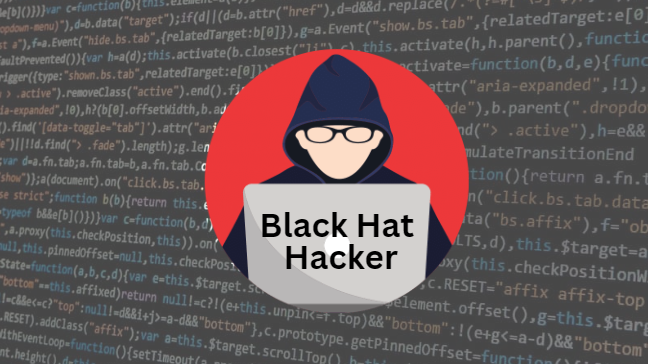
Grey Hat Hackers
Grey hat hackers are people who hack into computer systems without permission but usually without bad intentions. They don’t follow the rules like white hat hackers, but they also don’t aim to cause serious harm like black hat hackers. Instead, they may find weaknesses in a system and tell the owner, sometimes asking for a reward to fix it. While they don’t follow the law, their goal is often to help improve security, not to steal or damage. However, because they don’t have permission, their actions are still illegal.
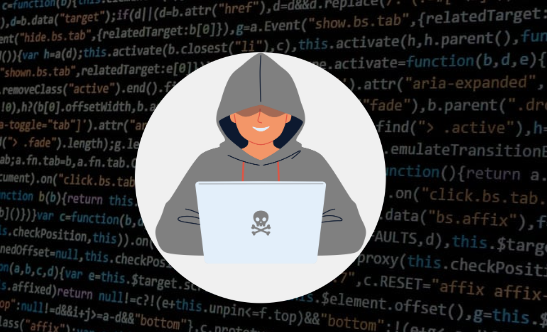
Script Kiddies
Script Kiddies are inexperienced hackers who use pre-made tools and scripts to carry out hacking attempts. They do not have deep knowledge of how systems work or how the tools they use are created. Script Kiddies often aim for easy targets, like poorly secured websites, and their motivation is usually to cause minor disruptions or gain attention. Even though their skills may be limited, they can still cause harm to systems by using automated hacking tools created by more advanced hackers.

Hacktivists
Hacktivists are hackers who use their skills for political or social causes. They may hack websites, social media accounts, or government systems to promote their agenda or draw attention to a particular issue. Some well-known hacktivist groups, such as Anonymous, have carried out attacks against governments, large corporations, or organizations they disagree with. While hacktivists often claim to act for a greater good, their methods are still illegal, and their actions can have serious consequences for their targets.

State-Sponsored Hackers
State-sponsored hackers work for governments or military organizations to conduct cyber-attacks on other countries. These hackers may be involved in cyber-espionage, where they steal confidential information from other nations, or they may attempt to disrupt critical infrastructure, such as power grids, communications, or financial systems. State-sponsored hacking is a form of warfare in the digital age, and it is used by governments to gain a strategic advantage over their rivals.
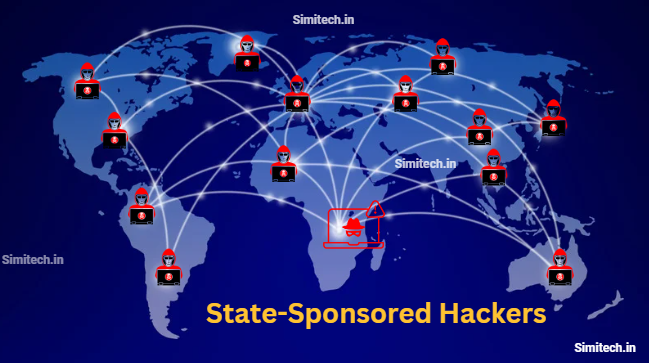
Blue Hat Hackers
Blue hat hackers are people who help find weaknesses in computer systems before they are released to the public. They are often hired by companies to test their security by trying to hack into their systems. Blue hat hackers don’t work full-time like white hat hackers, but they are brought in to catch any potential problems before they can be exploited by others. Their goal is to help improve security, and they usually don’t have bad intentions or try to break the law.
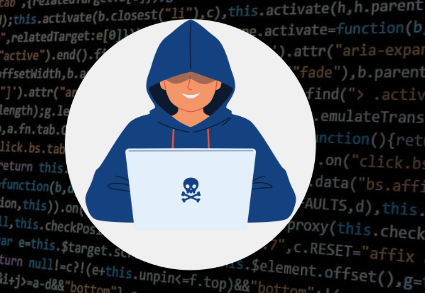
Insider Hackers
Insider hackers are people who work inside an organization, like employees or former employees, and use their access to the company’s systems to hack or cause harm. Since they already have permission to use the system, they don’t need to break in from the outside. Insider hackers may steal sensitive information, damage systems, or help others do so. Their actions can be very harmful because they know the company’s internal setup and weaknesses. They might hack for personal gain, revenge, or to help an outside group.

Cybercriminals
Cybercriminals are hackers who engage in illegal activities for personal financial gain. They steal credit card numbers, bank account details, or personal identities to commit fraud. They may also install ransomware on computers, demanding payment to unlock them. Cybercriminals often work in groups, and their operations can be highly organized. A cybercriminal might send out phishing emails to trick people into giving them their bank login information. They would then use this information to steal money from the victims’ accounts.
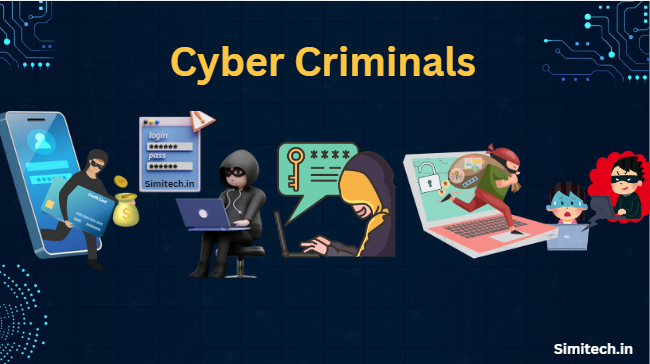
Conclusion
Hackers come in many forms, with different motivations and skill levels. Some, like white hat hackers, use their knowledge for good, while others, like black hat hackers and cybercriminals, exploit their skills for malicious purposes. Understanding the various types of hackers can help individuals and organizations better protect themselves from cyber threats.
Recommended Article
- Difference Between Public and Private IP Address?
- What is Localhost? Uses, Benefits, and How to Set It Up
- SSH Full Form: What is Secure Shell and How Does It Work?
- What is MPLS? Types, Benefits, Uses, and How It Works
- Top 10 Best Networking Certifications for IT Professionals
- Top 10 Best Books on Computer Networking for IT Professionals
- SNMP Full Form: What is Simple Network Management Protocol?
- ARP Full Form: What is Address Resolution Protocol?
- Uses of Computer Network in Daily Life
- Top 20 Highest Salary Jobs : Lucrative Careers with Best Salaries - 5 April 2025
- Types of Operating System (OS): Features,Types And Uses - 5 April 2025
- 15 Features of Operating System You Should Know - 4 April 2025












